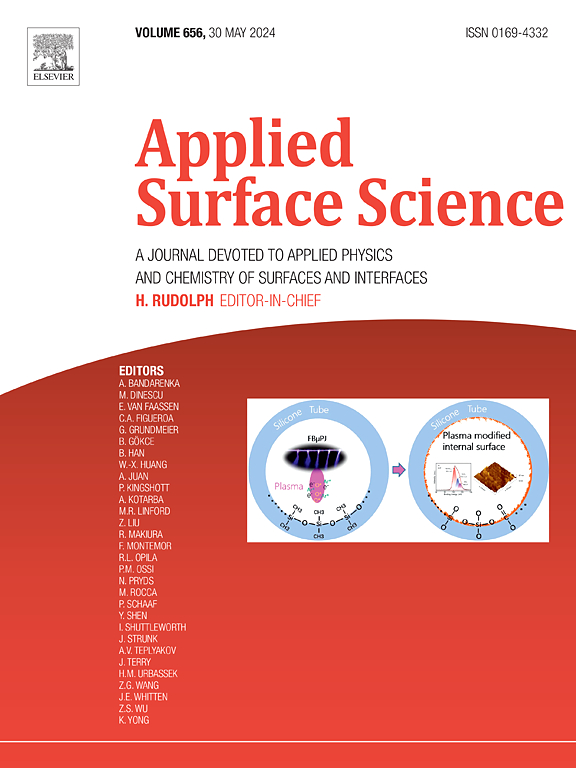Construction of ZnO/MnO2 heterostructure for enhanced ammonia sensitive performances at room temperature
IF 6.3
2区 材料科学
Q2 CHEMISTRY, PHYSICAL
引用次数: 0
Abstract
ZnO/MnO2 nanostructures, including nanosheets and nanotubes, were synthesized by hydrothermal and annealing method. The carefully designed ZnO/MnO2 heterostructure significantly enhances ammonia gas sensing performance at room temperature (RT). By integrating heterojunction formation with structural optimization, this approach facilitates faster charge carrier transport and increases the surface area compared to pure ZnO. The incorporation of nanosheet- and nanotube-structured ZnO/MnO2 heterojunctions leads to a substantial reduction in response/recovery time, which decrease to 6 s and 3 s, accordingly. Furthermore, first-principles calculations are employed to elucidate the potential sensing mechanism by analyzing the electronic density of states, electrostatic potential, charge transfer, population analysis, and adsorption energy between the sensing materials and ammonia molecules.

ZnO/MnO2异质结构的构建提高了室温下氨敏感性能
采用水热法和退火法合成了ZnO/MnO2纳米结构,包括纳米片和纳米管。精心设计的ZnO/MnO2异质结构显著提高了室温(RT)下的氨气传感性能。通过将异质结形成与结构优化相结合,与纯ZnO相比,该方法促进了更快的电荷载流子传输并增加了表面积。纳米片和纳米管结构ZnO/MnO2异质结的掺入导致响应/恢复时间大幅缩短,相应减少到6秒和3秒。此外,通过分析传感材料与氨分子之间的电子态密度、静电势、电荷转移、居群分析和吸附能,利用第一性原理计算阐明了电位传感机理。
本文章由计算机程序翻译,如有差异,请以英文原文为准。
求助全文
约1分钟内获得全文
求助全文
来源期刊

Applied Surface Science
工程技术-材料科学:膜
CiteScore
12.50
自引率
7.50%
发文量
3393
审稿时长
67 days
期刊介绍:
Applied Surface Science covers topics contributing to a better understanding of surfaces, interfaces, nanostructures and their applications. The journal is concerned with scientific research on the atomic and molecular level of material properties determined with specific surface analytical techniques and/or computational methods, as well as the processing of such structures.
 求助内容:
求助内容: 应助结果提醒方式:
应助结果提醒方式:


